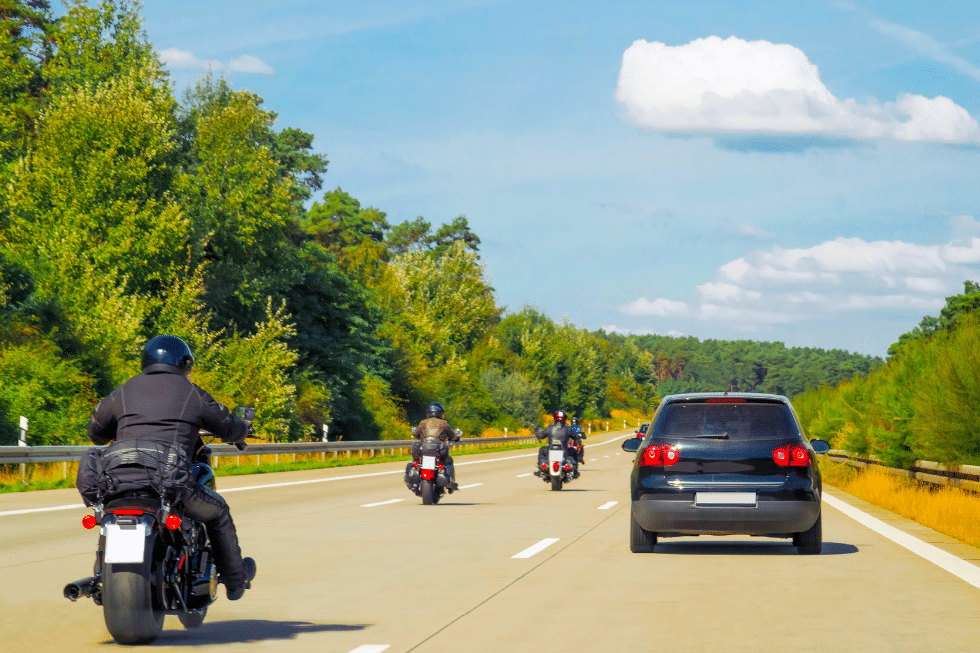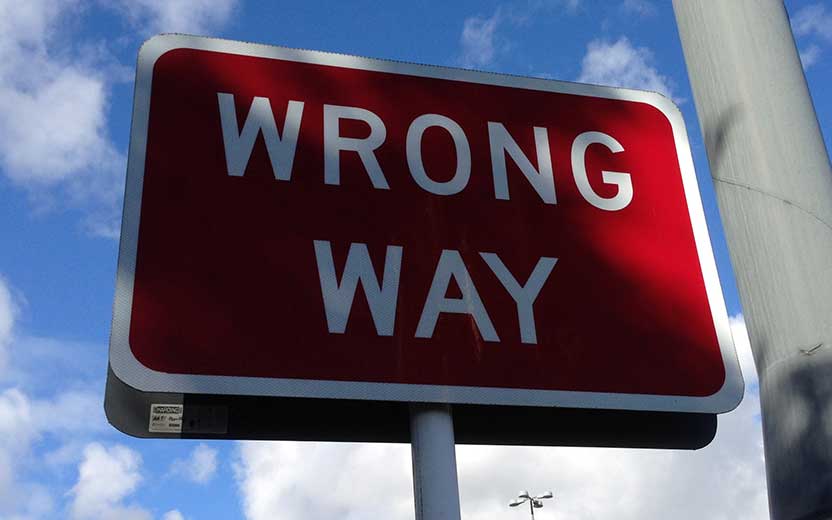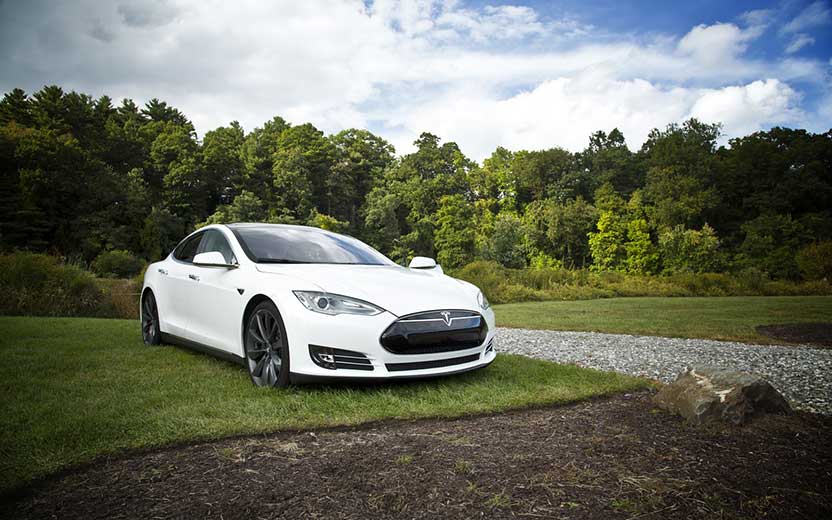By Marcus Fernandez
In honor of June 21, 2021 being the 30th annual International Motorcycle & Scooter Ride To Work Day, let’s review what we can do to be a safe driver to motorcyclists. This is especially important in Florida, which ranks second among states with the most registered motorcycles. A lack of a steel frame surrounding them and standard safety equipment, such as airbags and seatbelts, puts motorcycles drivers at a higher risk of collision. According to statistics compiled by the state, there were more than 7,000 motorcycle accidents in Florida in 2019. Although it represents a decrease in the number of crashes from the previous year, fatalities increased.
Even if you don’t have a motorcycle, you can participate in the International Motorcycle & Scooter Ride To Work Day by being a safe driver to motorcyclists. Incorporating these five tips into your driving behavior will allow everyone to get to work safely.
1. Avoid distractions
Maintaining control over your vehicle and being aware of other cars and road conditions should be your focus when driving. Unfortunately, cellphones, GPS devices, conversations with passengers and other distractions take away from your primary responsibility. Eliminate these distractions so you can focus on your goal, which is to safely operate your vehicle.
Motorcycles are smaller and can stop and accelerate much quicker than a car or a truck. As the driver of a full-sized vehicle, you must devote your full attention to the road at all times.
2. Give motorcycles space
In addition to eliminating distractions and paying attention to your surroundings, keep an eye out for motorcycles. Motorcycles deserve ample space between them and your vehicle, even more so than cars and trucks. Tailgating and other risky behaviors have deadly consequences when the vehicle you hit is a scooter or motorcycle.
Consider that it takes approximately 4.5 seconds to bring an average vehicle traveling at 60 mph to a complete stop, but the vehicle will have traveled about 271 feet from the moment you perceived the need to act until it comes to a halt. If that seems to be a long time to stop a car, remember that first you must perceive the danger. Add on the time that it takes you to recognize danger and decide on the appropriate action to take. Motorcycles are quick and highly maneuverable. So, you may need additional time to react to a motorcycle suddenly stopping or changing lanes to avoid road hazards.
3. Do not open a car door without looking out for a motorcycle
Opening a car door into the path of moving vehicles may cause property damage when it’s another car. However, it can kill or seriously injure someone on a motorcycle or scooter. Check mirrors and look to ensure that another car or motorcycle is not approaching when exiting your vehicle.
4. Adjust rear-view and side-view mirrors
A motorcycle may have a wheelbase of less than 60 inches and be less than four feet at its highest point in addition to being much narrower than a car or truck. In other words, seeing them can be difficult for drivers who are more familiar with cars and trucks.
Blind spots can be particularly dangerous when you are about to change lanes or make a turn when there is a motorcycle or scooter riding next to you. Adjust the mirrors of your car or truck to minimize blind spots and get into the habit of turning your head to check for other vehicles that may be in danger of being hit when you turn or change lanes.
5. Slow the decisions you make when turning
Judging the speed of an approaching motorcycle can be a challenge for drivers who have never ridden a motorcycle. According to the National Highway Traffic Safety Administration, 42% of fatal collisions between motorcycles and other vehicles happened when the motorcycle crashed as it approached or attempted to pass when the other vehicle was turning at an intersection.
Drivers of cars and trucks can reduce the risk of intersection crashes with motorcycles and scooters by checking their rearview and sideview mirrors. Also, turning their head to ensure that a motorcycle is not in a blind spot can further avoid blind spots in mirrors. If making a left turn with an oncoming car or truck blocking your ability to see what may be behind it, wait before making the turn until you can see that your view of a motorcycle is not obstructed by the other vehicle.
Speak with a personal injury lawyer
Changing behaviors behind the wheel of a car or truck can make you a safe driver to motorcyclists. Which makes our roads safer for everyone. When motorcycle accidents occur because of the negligence of another driver, a Tampa personal injury attorney can be a source for legal advice and representation for injured victims or their families. Call to speak to an experienced Kinney, Fernandez & Boire Lawyer or fill out this form to get a free case evaluation.



